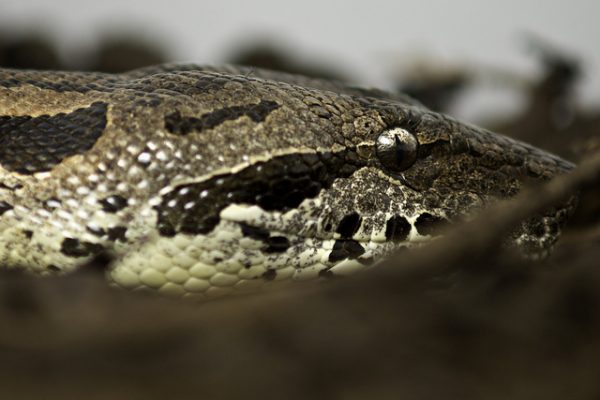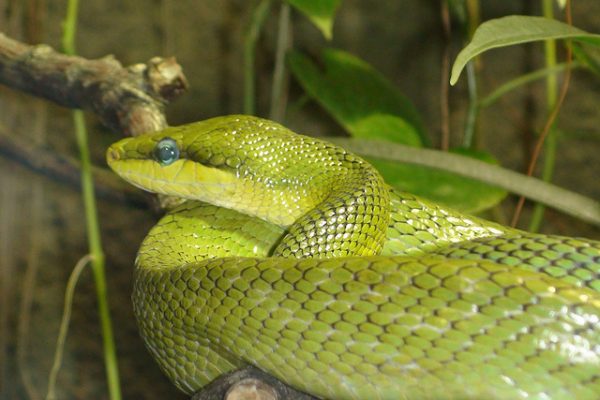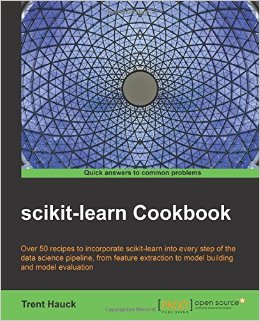Bagging and Random Forest Ensemble Algorithms for Machine Learning
Last Updated on August 15, 2020 Random Forest is one of the most popular and most powerful machine learning algorithms. It is a type of ensemble machine learning algorithm called Bootstrap Aggregation or bagging. In this post you will discover the Bagging ensemble algorithm and the Random Forest algorithm for predictive modeling. After reading this post you will know about: The bootstrap method for estimating statistical quantities from samples. The Bootstrap Aggregation algorithm for creating multiple different models from a […]
Read more








